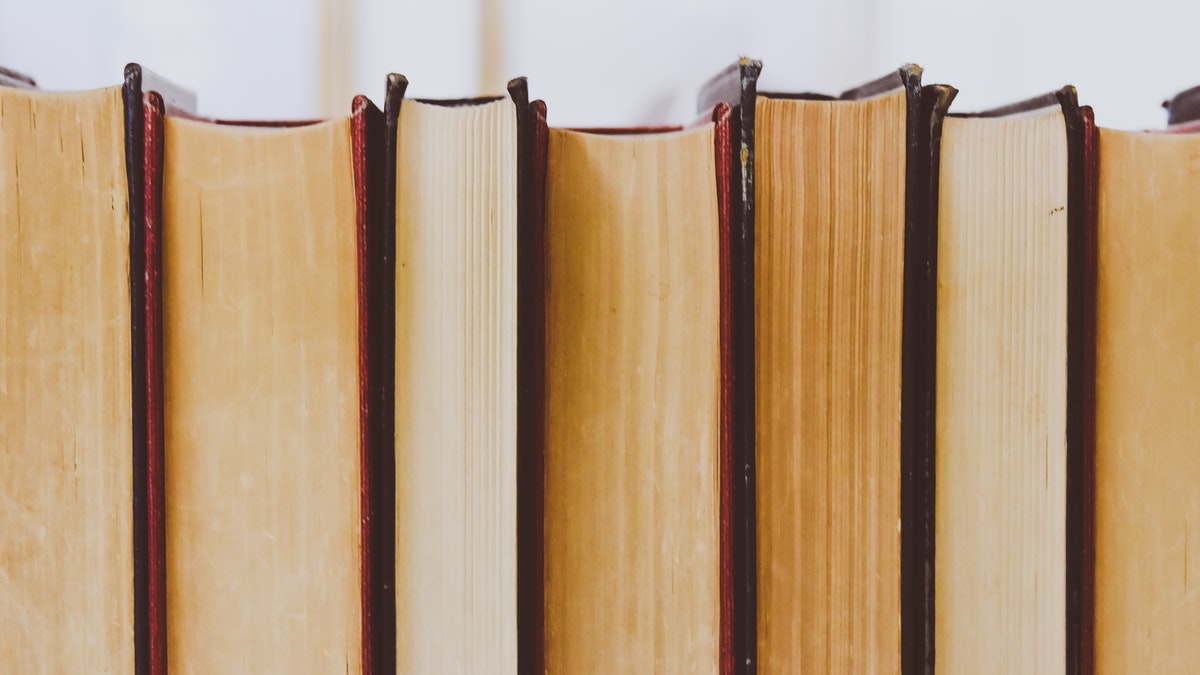Articles

NCERT Chapter Summary: Social Responsibilities of Business and Business Ethics
Concept of social responsibility: Social responsibility of business refers to its obligation to take those decisions and perform those actions which are desirable in terms of the objectives and values of our society.
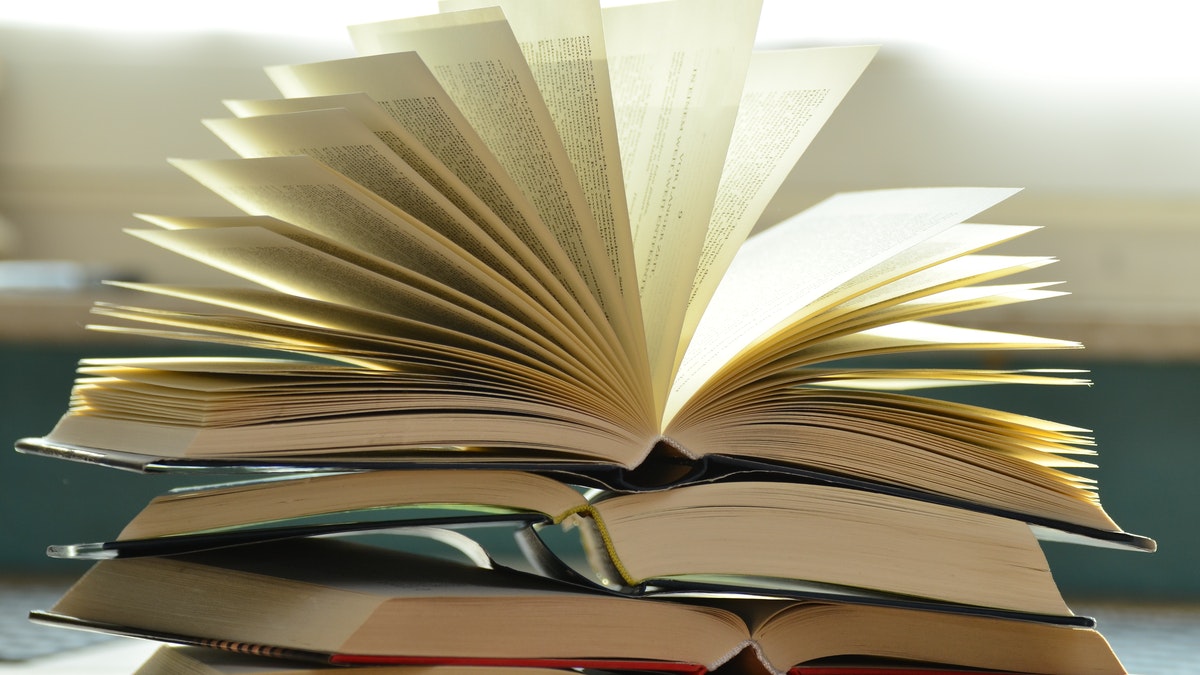
NCERT Chapter Summary: Sources of Business Finance
Meaning and significance of business finance: Finance required by business to establish and run its operations is known as business finance. No business can function without adequate amount of funds for undertaking various activities.

NCERT Chapter Summary: Small Business
Role of small business in India: Small Scale Industries play a very important role in the socio-economic development of the country. These industries account for 95 per cent of industrial units, contributing up to 40 per cent of the gross industrial value added and 45 per cent of the total exports.
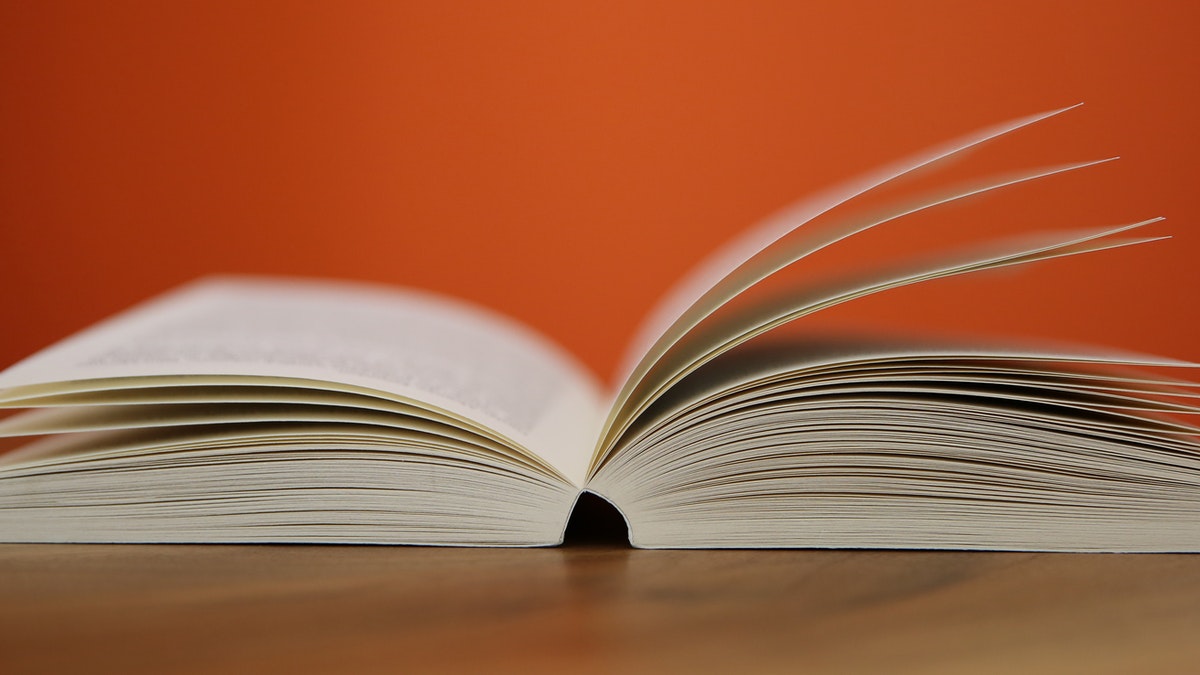
NCERT Chapter Summary: Internal Trade
Trade refers to buying and selling of goods and services with the objective of earning profit on the basis of geographical location of buyers and sellers. It can be classified into two categories (i) internal trade; and (ii) external trade.

NCERT Chapter Summary: International Business
International business refers to business activities that take place across national frontiers. Though many people use the terms international business and international trade synonymously, the former is a much broader term.

NCERT Chapter Summary: Forms of Business Organisation
Forms of business organisation refers to the types of organisations which differ in terms of ownership and management. The major forms of organisation include proprietorship, partnership, joint Hindu family business, cooperative society and company.

NCERT Chapter Summary: Staffing
Staffing has been described as the managerial function of filling and keeping filled, the positions in an organisation structure. This is achieved by, first of all, identifying requirement of work force, followed by recruitment, selection, placement, promotion, appraisal and development of personnel, to fill the roles designed into the organisation structure.

NCERT Chapter Summary: Directing
Directing is a complex managerial function consisting of all the activities that are designed to encourage subordinates to work effectively. It includes supervision, motivation, communication and leading. The principles which guide effective directing may be classified as principles related to the purpose of directing and principles related to direction process.

NCERT Chapter Summary: Financial Management
Business finance: The money required for carrying out business activities is called business finance. Almost all business activities require some finance. Finance is needed to establish a business, to run it, to modernise it, to expand, and diversify it.

NCERT Chapter Summary: Financial Markets
Financial Market is a market for creation and exchange of financial assets. It helps in mobilisation and channelising the savings into most productive uses. Financial markets also helps in price discovery and provide liquidity to financial assets.
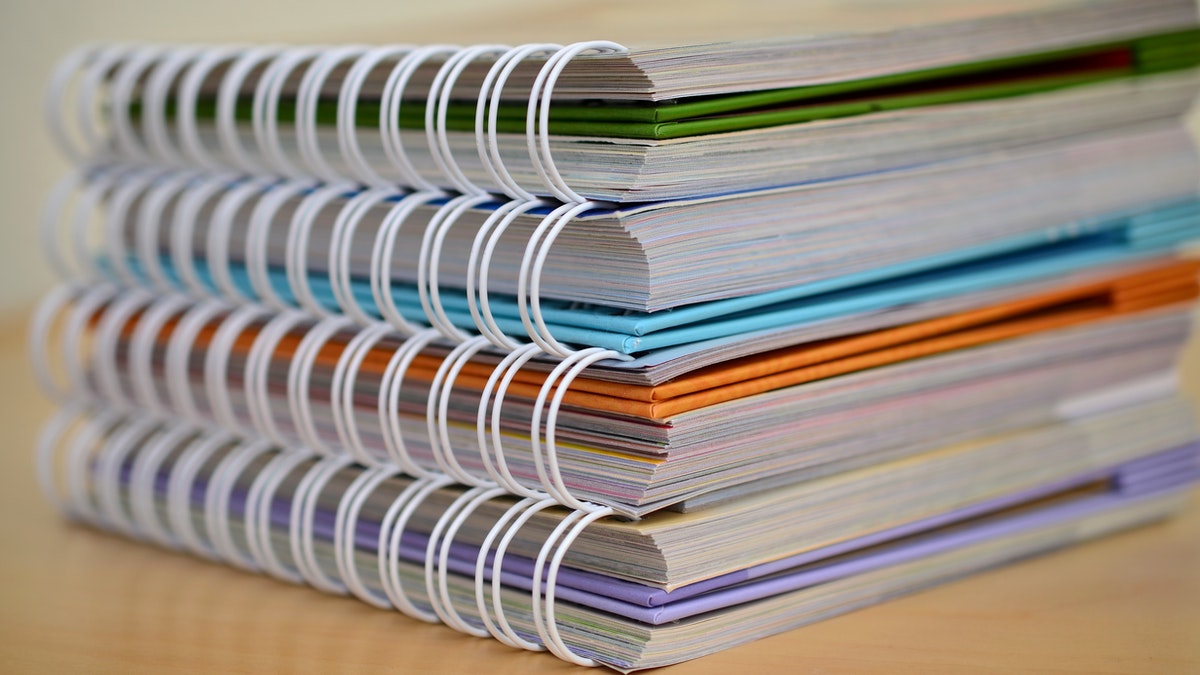
NCERT Chapter Summary: Marketing
In the traditional sense, the term ‘market’ refers to the place where buyers and sellers gather to enter into transactions involving the exchange of goods and services. But in modern marketing sense, it refers to a set of actual and potential buyers of a product or service.

NCERT Chapter Summary: Nature and Significance of Management
Management is the process of planning, organising, staffing, directing and controlling the enterprise resources efficiently and effectively for achieving the goals of the organisation. Effectiveness in management is concerned with doing the right task, completing activities and achieving goals. Efficiency means doing the task correctly and with minimum cost.

NCERT Chapter Summary: Planning
Planning: Planning is deciding in advance what to do and how to do. It is one of the basic managerial functions. Planning therefore involves setting objectives and developing an appropriate course of action to achieve these objectives.
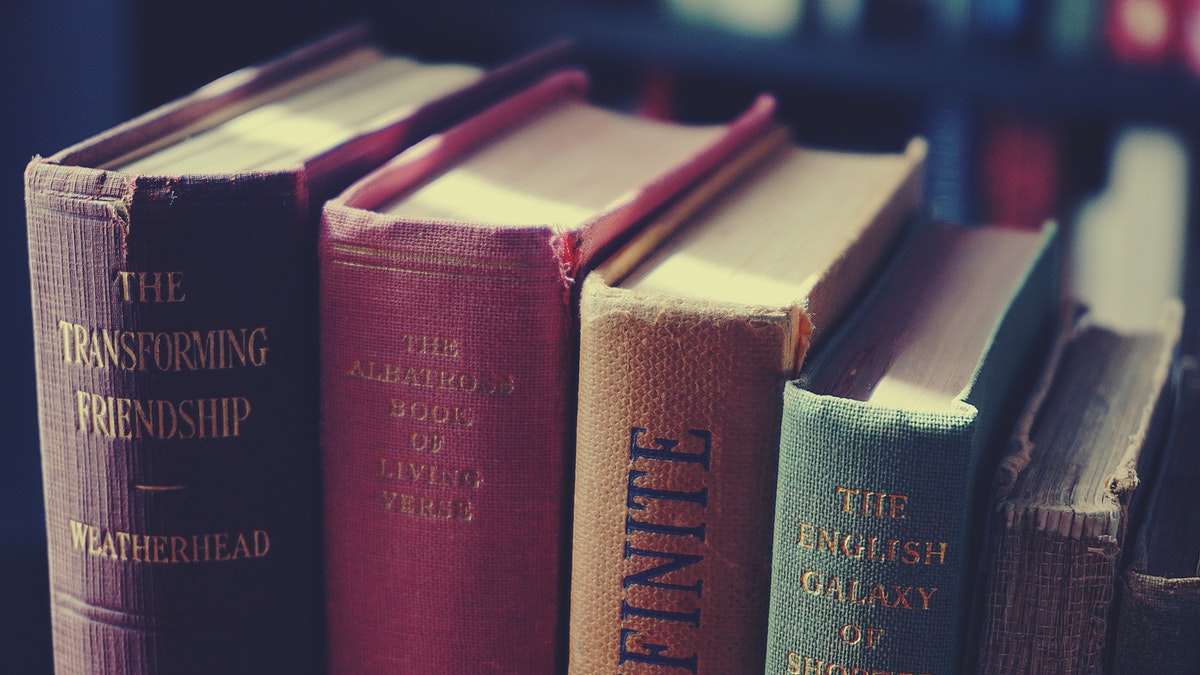
NCERT Chapter Summary: Writing and City Life
City life began in Mesopotamia, the land between the Euphrates and the Tigris rivers that is now part of the Republic of Iraq. Mesopotamian civilisation is known for its prosperity, city life, its voluminous and rich literature and its mathematics and astronomy.

NCERT Chapter Summary: Nomadic Empires
The term 'nomadic empires' can appear contradictory: nomads are arguably quintessential wanderers, organised in family assemblies with a relatively undifferentiated economic life and rudimentary systems of political organisation.
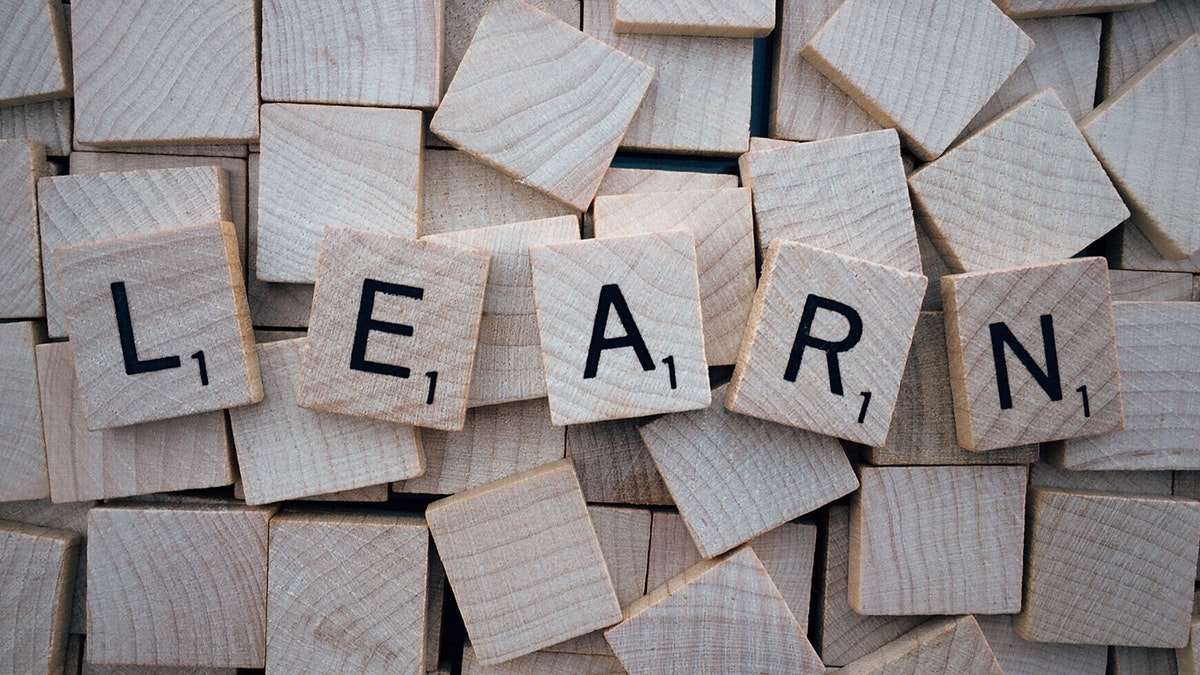
NCERT Chapter Summary: The Three Orders
We have seen how, by the ninth century, large parts of Asia and America witnessed the growth and expansion of great empires - some nomadic, some based on well-developed cities and trading networks that centred on them.

NCERT Chapter Summary: Changing Cultural Traditions
From the fourteenth to the end of the seventeenth century, towns were growing in many countries of Europe. A distinct 'urban culture' also developed. Townspeople began to think of themselves as more 'civilised' than rural people. Towns - particularly Florence, Venice and Rome - became centres of art and learning.

NCERT Chapter Summary: Paths to Modernisation
East Asia at the beginning of the nineteenth century was dominated by China. The Qing dynasty, heir to a long tradition, seemed secure in its power, while Japan, a small island country, seemed to be locked in isolation. Yet, within a few decades China was thrown into turmoil unable to face the colonial challenge.

NCERT Chapter Summary: Thinkers, Beliefs and Buildings
In this chapter we shall go on a long journey across a thousand years to read about philosophers and their attempts to understand the world they inhabited. We will also see how their ideas were compiled as oral and written texts as well as expressed in architecture and sculpture.

NCERT Chapter Summary: Through the Eyes of Travellers
Women and men have travelled in search of work, to escape from natural disasters, as traders, merchants, soldiers, priests, pilgrims, or driven by a sense of adventure. Those who visit or come to stay in a new land invariably encounter a world that is different: in terms of the landscape or physical environment as well as customs, languages, beliefs and practices of people.

NCERT Chapter Summary: An Imperial Capital - Vijayanagara
Vijayanagara or "city of victory" was the name of both a city and an empire. The empire was founded in the fourteenth century. In its heyday it stretched from the river Krishna in the north to the extreme south of the peninsula.

NCERT Chapter Summary: Peasants, Zamindars and the State
During the sixteenth and seventeenth centuries about 85 per cent of the population of India lived in its villages. Both peasants and landed elites were involved in agricultural production and claimed rights to a share of the produce. This created relationships of cooperation, competition and conflict among them. The sum of these agrarian relationships made up rural society.

NCERT Chapter Summary: Colonialism and the Countryside
In this chapter you will see what colonial rule meant to those who lived in the countryside. You will meet the zamindars of Bengal, travel to the Rajmahal hills where the Paharias and the Santhals lived, and then move west to the Deccan.
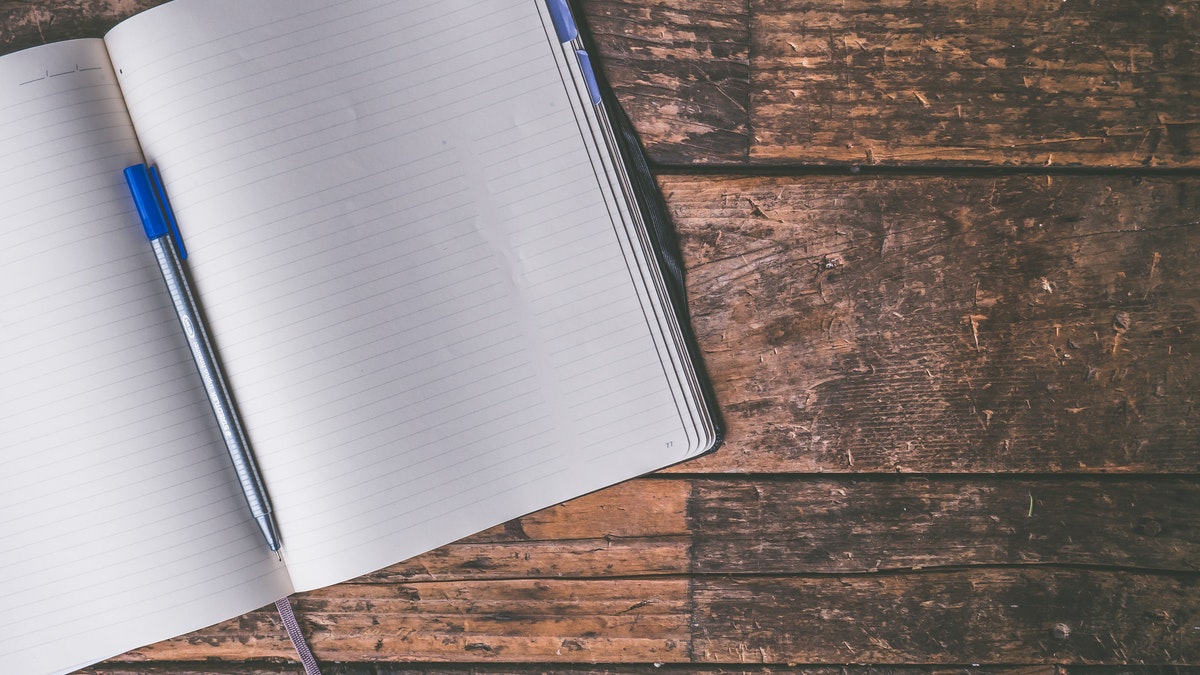
NCERT Chapter Summary: Rebels and the Raj
Late in the afternoon of 10 May 1857, the sepoys in the cantonment of Meerut broke out in mutiny. It began in the lines of the native infantry, spread very swiftly to the cavalry and then to the city. The ordinary people of the town and surrounding villages joined the sepoys. The sepoys captured the bell of arms where the arms and ammunition were kept and proceeded to attack white people, and to ransack and burn their bungalows and property.

NCERT Chapter Summary: Mahatma Gandhi and the Nationalist Movement
In the history of nationalism a single individual is often identified with the making of a nation. Thus, for example, we associate Garibaldi with the making of Italy, George Washington with the American War of Independence, and Ho Chi Minh with the struggle to free Vietnam from colonial rule. In the same manner, Mahatma Gandhi has been regarded as the ‘Father’ of the Indian nation.
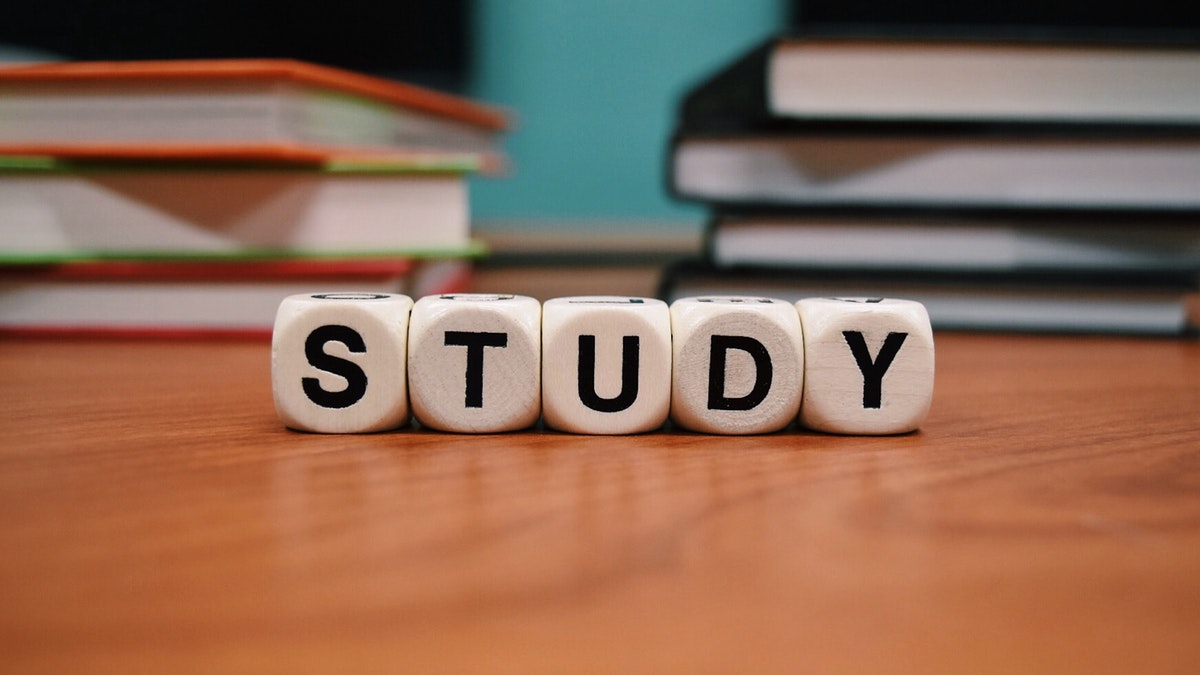
NCERT Chapter Summary: Framing the Constitution
The Indian Constitution, which came into effect on 26 January 1950, has the dubious distinction of being the longest in the world. But its length and complexity are perhaps understandable when one considers the country’s size and diversity. At Independence, India was not merely large and diverse, but also deeply divided.

NCERT Chapter Summary: Bricks, Beads and Bones
The Harappan seal is possibly the most distinctive artefact of the Harappan or Indus valley civilisation. Made of a stone called steatite, seals like this one often contain animal motifs and signs from a script that remains undeciphered.

NCERT Chapter Summary: Kings, Farmers and Towns
There were several developments in different parts of the subcontinent during the long span of 1,500 years following the end of the Harappan civilisation. This was also the period during which the Rigveda was composed by people living along the Indus and its tributaries.

NCERT Chapter Summary: Kinship, Caste and Class
In the previous chapter we saw that there were several changes in economic and political life between c. 600 BCE and 600 CE. Some of these changes influenced societies as well. For instance, the extension of agriculture into forested areas transformed the lives of forest dwellers; craft specialists often emerged as distinct social groups; the unequal distribution of wealth sharpened social differences.

NCERT Chapter Summary: Federalism (Class 11)
Political maps of India have changed dramatically over the years. Boundaries of States have changed, names of States have changed, and the number of States has changed. When India became independent, we had a number of provinces that the British government had organised only for administrative convenience.

NCERT Chapter Summary: Local Governments
In a democracy, it is not sufficient to have an elected government at the centre and at the State level. It is also necessary that even at the local level, there should be an elected government to look after local affairs.

NCERT Chapter Summary: Social Justice
Just as we intuitively understand what love means even if we cannot explain all its different shades of meaning, we also have an intuitive understanding of justice even though we may not be able to define it precisely. In that sense justice is a lot like love.

NCERT Chapter Summary: Rights
A right is essentially an entitlement or a justified claim. It denotes what we are entitled to as citizens, as individuals and as human beings. It is something that we consider to be due to us; something that the rest of society must recognise as being a legitimate claim that must be upheld.

NCERT Chapter Summary: Secularism
Though Jews faced discrimination for centuries throughout Europe, in the present state of Israel, Arab minorities, both Christian and Muslims, are excluded from social, political and economic benefits available to Jewish citizens. Subtle forms of discrimination also continue to persist against non-Christians in several parts of Europe.

NCERT Chapter Summary: Election and Representation
Have you ever played chess? What would happen if the black knight suddenly started moving straight rather than two and a half squares? Or, what would happen if in a game of cricket, there were no umpires? In any sport, we need to follow certain rules.
